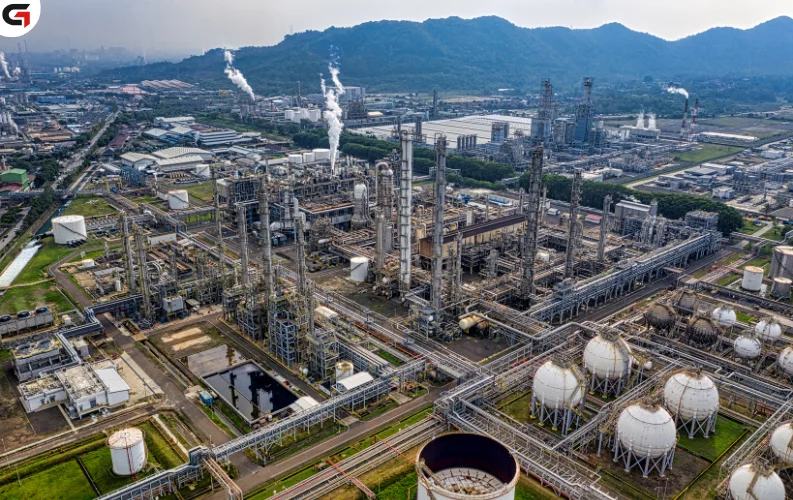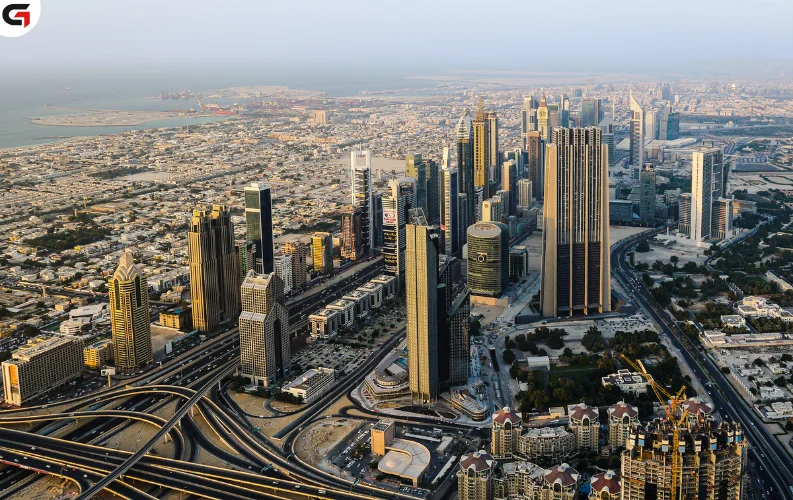Qatar has officially launched the world’s largest 3D-printed construction project with the start of printing for two massive public schools in Doha. The initiative is being spearheaded by UCC Holding in partnership with Qatar’s Public Works Authority (Ashghal).
Each school will cover 20,000 square meters, making a combined total of 40,000 square meters, forty times larger than any previously completed 3D-printed structure worldwide. This project positions Qatar at the forefront of digital construction and sustainable infrastructure development in the region.
The schools are designed as two-storey buildings on 100x100 meter plots and will serve as a benchmark for the future of educational architecture in the Middle East.
To carry out the printing, UCC Holding has collaborated with Danish technology firm COBOD, which supplied two custom BODXL construction printers, the largest of their kind. Each printer measures 50 meters in length, 30 meters in width, and 15 meters in height. The setup is comparable in size to a commercial airplane hangar.
Following months of ground preparation, printer assembly, and test runs, the machines are now fully operational on-site. Over the past eight months, UCC’s engineering team conducted more than 100 full-scale trial prints using a COBOD BOD2 printer. These trials allowed the team to create optimized concrete mixes suited for Qatar’s desert climate and to develop a precision nozzle for enhanced structural accuracy.
The printing work will be carried out at night, a move intended to enhance concrete performance while avoiding heat-related issues common in the Gulf region. This schedule also minimizes dust, noise, and community disruption.
In terms of design, the schools will feature curved, organic shapes inspired by Qatar’s sand dunes and natural landscapes, forms made possible by the flexibility of 3D printing technology.
Beyond architectural innovation, the project promises to deliver strong environmental and economic benefits. Compared to traditional construction, 3D printing reduces material waste, cuts carbon emissions, shortens project timelines, and lowers transportation costs.
The schools are scheduled for completion by end of 2025, and mark a significant milestone in Qatar’s growing emphasis on high-tech, sustainable construction.






















